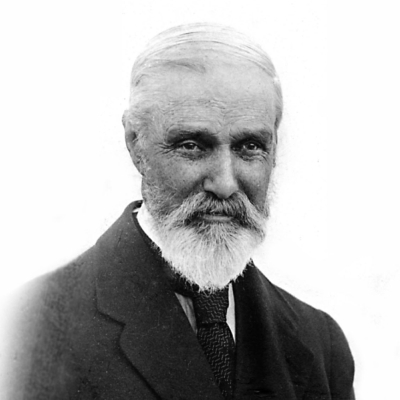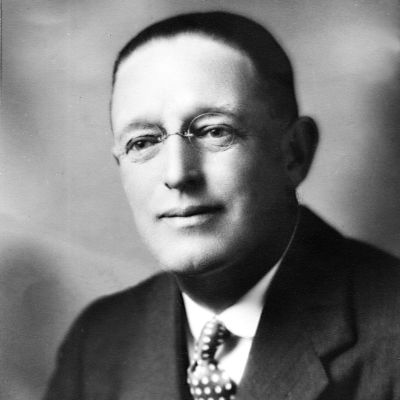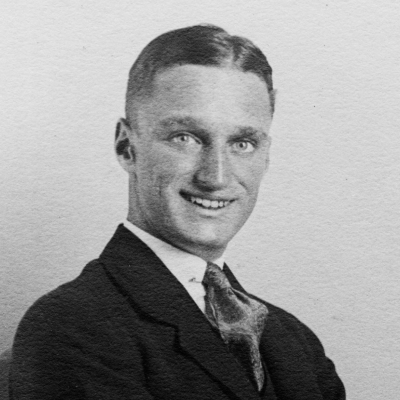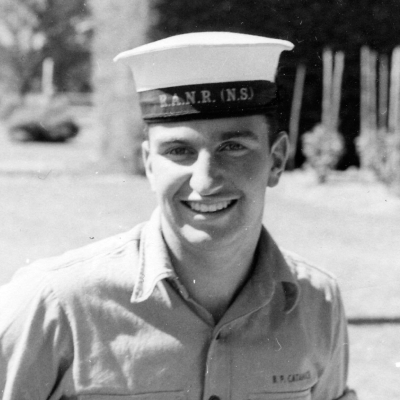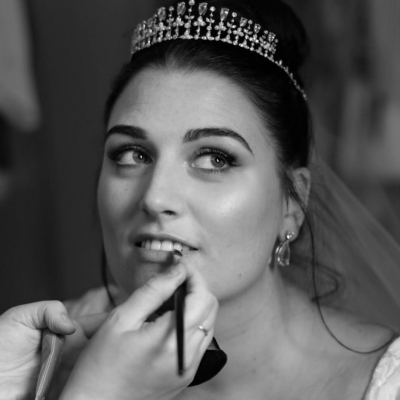Catanach
A dynamic era of global change and national progress, the period from
1965 to 1995 was marked by Catanach's flourishing under the
leadership of Blair Peter Catanach. A time rich in innovation, witness a
family legacy from Blair's golfing triumphs and jewellery feats
intertwining with pivotal moments in Australian history, like the
colourful advancements in television, a record-breaking Cup run, and
life-saving safety laws. The Catanach’s Jewellers timeline journey
continues.

Teeing up success
Blair Peter Catanach had multi-faceted
talents, both on the green and off. In
1965 he won the Winter Trophy, a
testament to his golfing skill alongside
his dedication to Catanach's Jewellers
and a growing family life. Balancing
being a part of a thriving family business,
his passion for golf, and a bustling
household with wife Jackie and their
three children, Peter, Amanda and David,
Blair exemplified a deep commitment to
family and relentless ambition.
Bringing global ideas
home
For Blair, casting his eyes abroad and
exploring other continents was a big part
of how he strived to elevate Catanach’s
Jewellers and bring the world's finest
ideas to Melbourne. His extensive
overseas expeditions through the 60s,
particularly in Europe, influenced the
design and craftsmanship at Catanach's
Jewellers and enriched Catanach's
collections.
Diversifying, expanding,
innovating
Blair’s trips were buying excursions that
not only contributed to the family
business's product lines but also inspired
additional ventures in jewellery chain
manufacturing and opal exporting.
Always innovating, in addition to
Catanach’s Jewellers, in 1968 Blair
partnered with Sydney gem merchant
Julia Myers to open Bee Jay Jewellery.
Continuing to expand and adapt, this
was also followed by the establishment
of a jewellery chain manufacturing
enterprise in East West Chains, and an
opal cutting and exporting operation,
further diversifying the Catanach’s
legacy.
West Gate Bridge
collapse tragedy
In a harrowing moment of 1970,
Melbourne's ambitious architectural
strides were overshadowed by tragedy.
On October 15, two years into its
construction, a massive span of the West
Gate Bridge tragically collapsed, falling
50 metres to the ground and water,
claiming the lives of 35 workers and
leaving 18 others seriously injured. The
catastrophic event remains Australia's
worst industrial accident.
President of the
Victorian Retail
Jewellery’s Association
The year 1970 saw Blair Catanach's
influence extend beyond Catanach’s
Jewellers as he was elected to the
Victorian Retail Jeweller's Association.
Serving as State President for six years
and Federal President for four years, this
appointment exemplified his own
dedication to the craft and community as
well as the long-standing family ethos of
leadership in the jewellery industry.
Australia buckles up
It’s hard to imagine life without them
now, but it wasn’t until 1971 that Australia
officially made a monumental move in
road safety by mandating the use of
seatbelts for drivers and passengers. In
fact, in the months prior, the state of
Victoria became the first jurisdiction in
the world to enforce seatbelt laws in
December 1970. The introduction of this
legislation led to a significant decrease in
road fatalities and marked an era of
heightened safety awareness.
Blair wins the Captain's
Cup
Blair showcased his sporting prowess
yet again in 1973, this time clinching the
Captain's Cup! This victory in Victoria’s
golfing scene was an exciting personal
achievement, but also a highlight in the
Catanach family's sporting legacy, with
golf a passion passed on through many
generations.
Cyclone Tracy
devastates Darwin
In the early hours of Christmas Day 1974,
Cyclone Tracy struck Darwin — the
worst natural disaster Australia had seen
at the time. The cyclone caused
catastrophic destruction, killing 71
people and injuring 145, decimating more
than 80% of the city, and leaving
thousands without homes. Following a
mass exodus from Darwin in the days
and weeks to follow, the Whitlam
government formed the Darwin
Reconstruction Commission in February
1975. This body worked to support a
remarkable recovery, rebuilding the city
in three years.
Silverado on High Street
In 1974, Blair Catanach continued to
diversify the family’s legacy with the
opening of Silverado — a chic gift shop
located in fashionable High Street,
Armadale as well as another store
eventually in Mount Eliza. While
Catanach’s was typically renowned for its
exquisite jewellery, Silverado was
focused on a wider array of luxury gifts.
Through Silverado, Blair was providing
high-quality items that extended beyond
the fine jewellery market, yet still aligned
with the Catanach family’s commitment
to elegance and quality.
First colour TV
broadcast
Visual entertainment was transformed
for Australia on March 1, 1975 with the
advent of colour television! Known as C-
Day, vibrant colour was introduced on
screen for audiences to enjoy their
favourite programs and films. The first
ever colour broadcast for the country
was Aunty Jack Introduces Colour — a
special one-off episode of The Aunty
Jack Show. Interestingly, colour TV was
already available overseas many years
prior; however, Australia held off for a
few reasons. One was to manage the
economic impact of an entire population
going out to purchase a colour-
compatible television. Another was
waiting to see which system would come
out on top globally before committing to
one. Nevertheless, we got our colour in
the end!
A return to Catanach’s
heritage
Throughout the 1980s, Blair’s leadership
kept the family business evolving, taking
the time to experiment before eventually
steering back to Catanach’s Jewellers’
specialisation in fine jewellery. By end of
the 80s, Silverado and Bee Jay’s were
closed and it was time to embrace the
rich heritage of Catanach's focusing on
unparalleled quality and timeless
elegance.
Goodbye Royal Arcade:
Endings and beginnings
The Catanach’s Jewellers ‘Catanach’s
Corner’ Royal Arcade shop was
auctioned on June 27, 1985, with the
property selling for 1.3 million dollars.
This event marked the end of an era for
Catanach's in the CBD and paved the
way for its relocation to High Street
Armadale. In this way, it symbolised both
an ending and a new beginning. In 1986,
Catanach’s opened the doors of 1212
High Street, Armadale — the very
location where the store remains today.
Amidst these huge changes, the family
mourned the loss of Bill Catanach at the
end of 1986, whose legacy lives on in
Catanach's Jewellers name.
Australia’s first CD
While the first CD ever made was an
ABBA album, The Visitors, pressed in
1982, the first CD pressed in Australia
was a few years later. In 1986,
‘Whispering Jack’ by our country’s
beloved pop icon John Farnham was the
first CD manufactured in Australia. Not
only was it our first home-grown CD, it
went on to spend 25 weeks at the
number 1 spot on the charts and won the
1987 ARIA Award for Album of the Year!
Melbourne Cup record
for Kingston Rule
Racing history was made in 1990, with
Kingston Rule winning the Melbourne
Cup with a record-setting time of
3:16.30. This remarkable achievement
remains unsurpassed, marking Kingston
Rule's performance as the fastest ever in
Melbourne Cup history. Trained by the
iconic Bart Cummings and ridden by
jockey Darren Beadman, Kingston Rule's
extraordinary performance secured his
legendary status in the world of horse
racing.
Introducing our 150-Year Anniversary Botanical Series
In memory of all the Catanach women, we have created this collection of jewellery
celebrating the hydrangea — a symbol of abundance, heartfelt emotion, and gratitude.

Catanach
also bringing the store into the modern era was vital for Amanda and
David Catanach during this time of fast-paced change.
